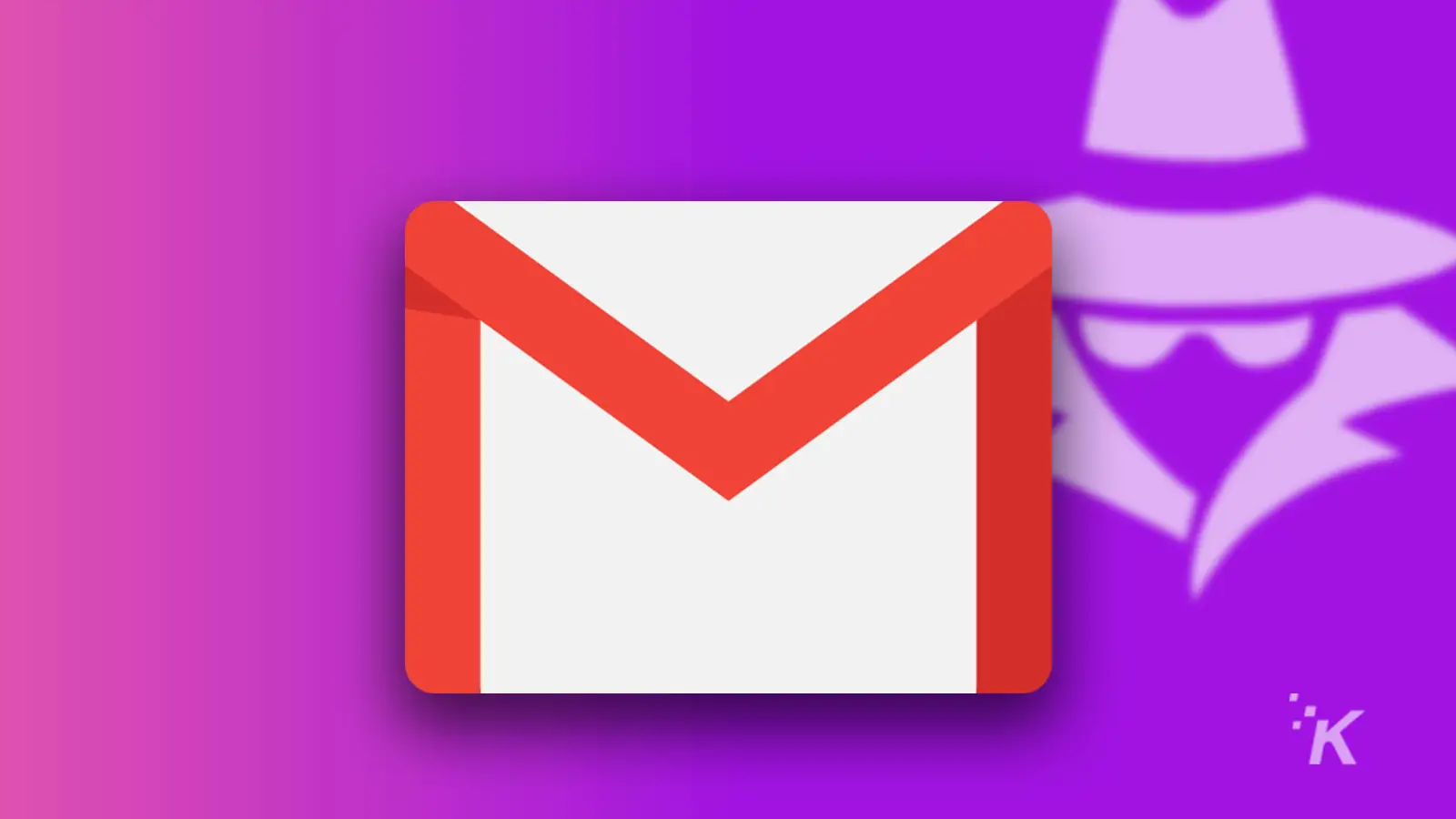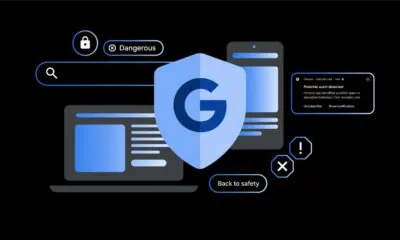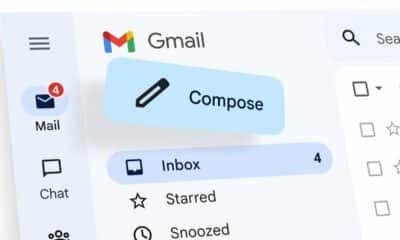Gmail security alert: 183M credentials exposed—are you at risk?
A massive data breach has put 183 million accounts at risk, but rest assured, Gmail’s fortress remains un-breached, according to Google.

Just a heads up, if you buy something through our links, we may get a small share of the sale. It’s one of the ways we keep the lights on here. Click here for more.
If you’re a Gmail user (and let’s be real, who isn’t?), you might want to sit down for this one. A massive data breach has exposed credentials linked to 183 million Gmail accounts, and yes, yours could be on that list.
What actually happened? Cybersecurity researchers (Have I Been Pwned’s Troy Hunt and Synthient) discovered a dump of 183 million email passwords floating around the dark web on October 28, 2025.
But before you panic-delete your Gmail account, there’s a twist—this wasn’t technically a Gmail hack.
The breach came from infostealer malware that infected users’ devices, not from Google’s servers getting pwned. Think of it like someone stealing your house keys rather than breaking down your front door.
The malware snagged login credentials directly from compromised computers and phones, which were then bundled and leaked online.
Google Says Gmail Is Fine (But Is It?)
Google quickly jumped in to clarify that Gmail itself wasn’t breached.
“Reports of a Gmail security breach impacting millions of users are false,” a Google spokesperson wrote in a tweet. Gmail’s defenses are strong, and users remain secure.
While technically true, that’s cold comfort if your password is now in some hacker’s database.
The credentials can still be used for credential stuffing attacks—where bad actors try your leaked Gmail password on other services you might use.
How to Check If You’re Affected
Don’t freak out, take action instead. Here’s how to check if your password was compromised in this recent Gmail password hack.
- Check Have I Been Pwned:
Head to haveibeenpwned.com and enter your email to see if you’re in any known breaches.
- Change your password immediately:
Use a unique, strong password (none of that Password123 nonsense).
- Enable 2FA:
Two-factor authentication is your best friend right now.
- Review account activity:
Check your Gmail security settings for any suspicious logins
- Update passwords everywhere:
If you reused that Gmail password (tsk tsk), change it on every site
The Bigger Picture
This breach highlights a crucial fact: you can have Fort Knox-level security on the server side, but if users’ devices are compromised, all bets are off.
It’s a reminder that cybersecurity is only as strong as your weakest link—and that link is often sitting on your desk running sketchy downloads.
The takeaway? Keep your devices clean, use a password manager, enable 2FA everywhere possible, and maybe think twice before clicking that free iPhone link in your inbox.































